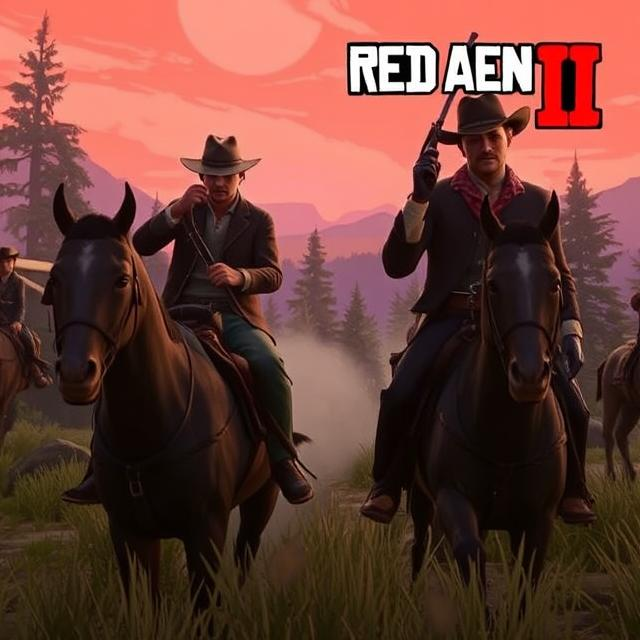Few games blur the line between virtual and reality quite like Red Dead Redemption 2. Rockstar’s Western epic isn’t just about gunfights and cowboy hats — it’s about immersion through mechanics that simulate life, not just gameplay.
Let’s start with horse mechanics. Horses aren’t vehicles — they’re companions. You bond with them, feed them, calm them during stress. Your horse remembers where you’ve been and reacts to threats. Lose it? It’s gone for good. That weight makes every ride meaningful.
Then there’s the gunplay and reload system. You don’t magically switch between weapons — you grab them from your saddle. Reloading is deliberate. Each bullet counts. This slows combat down in a way that emphasizes danger and realism.
The camp system adds social and survival layers. You help cook, rest, shave, and interact with your gang. Characters notice if you’ve been gone too long. Your presence matters, mechanically and narratively.
Other details — changing outfits based on weather, eating to manage stamina, cleaning your guns — create a world that doesn’t revolve around you. You exist in it.
Even law enforcement behaves realistically. Commit a crime, and witnesses can report you unless you silence them — or talk them down. Get a bounty? It sticks. You’re treated differently in towns based on your past.
These mechanics may seem small, but together, they build a lived-in world that’s unmatched in gaming.
